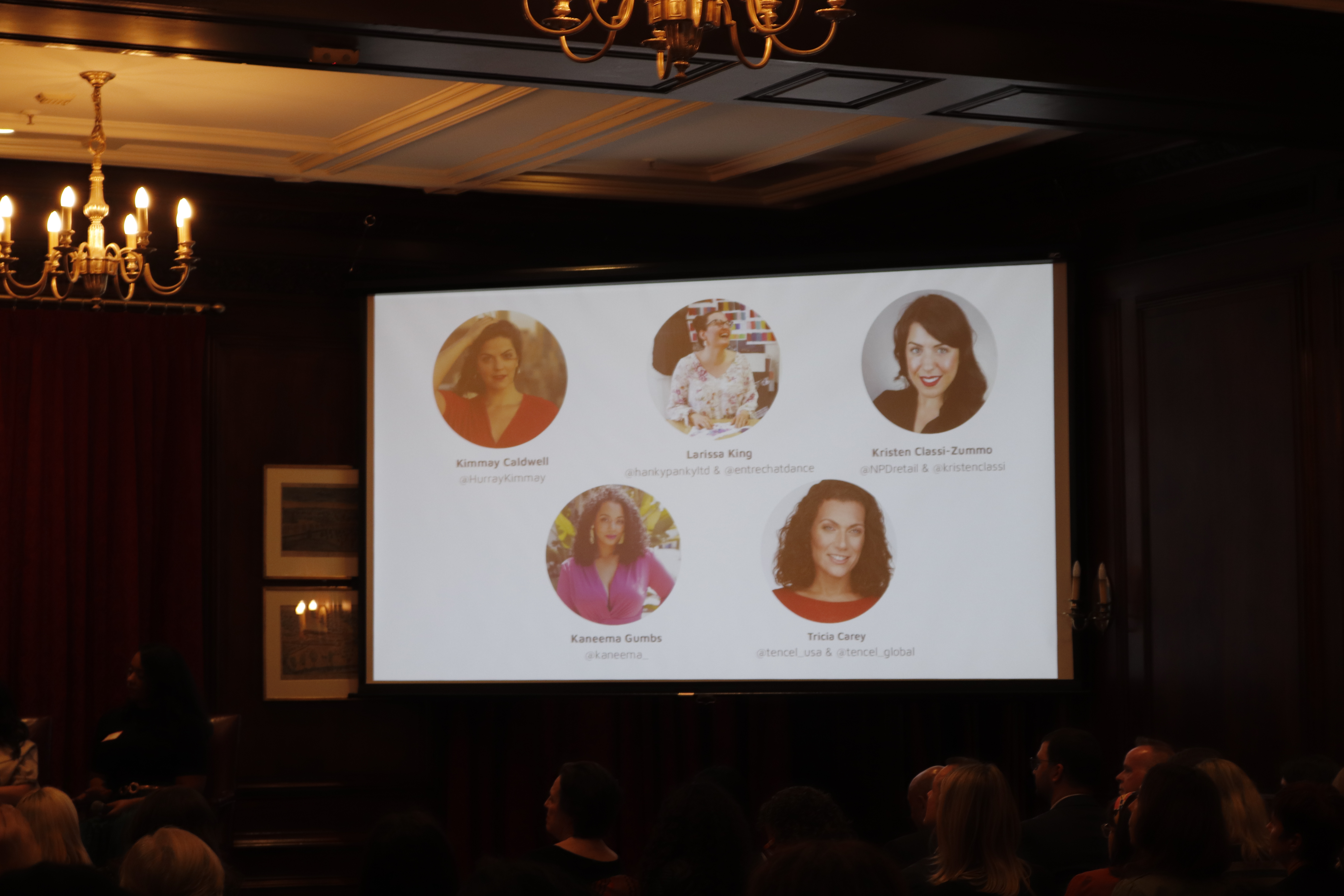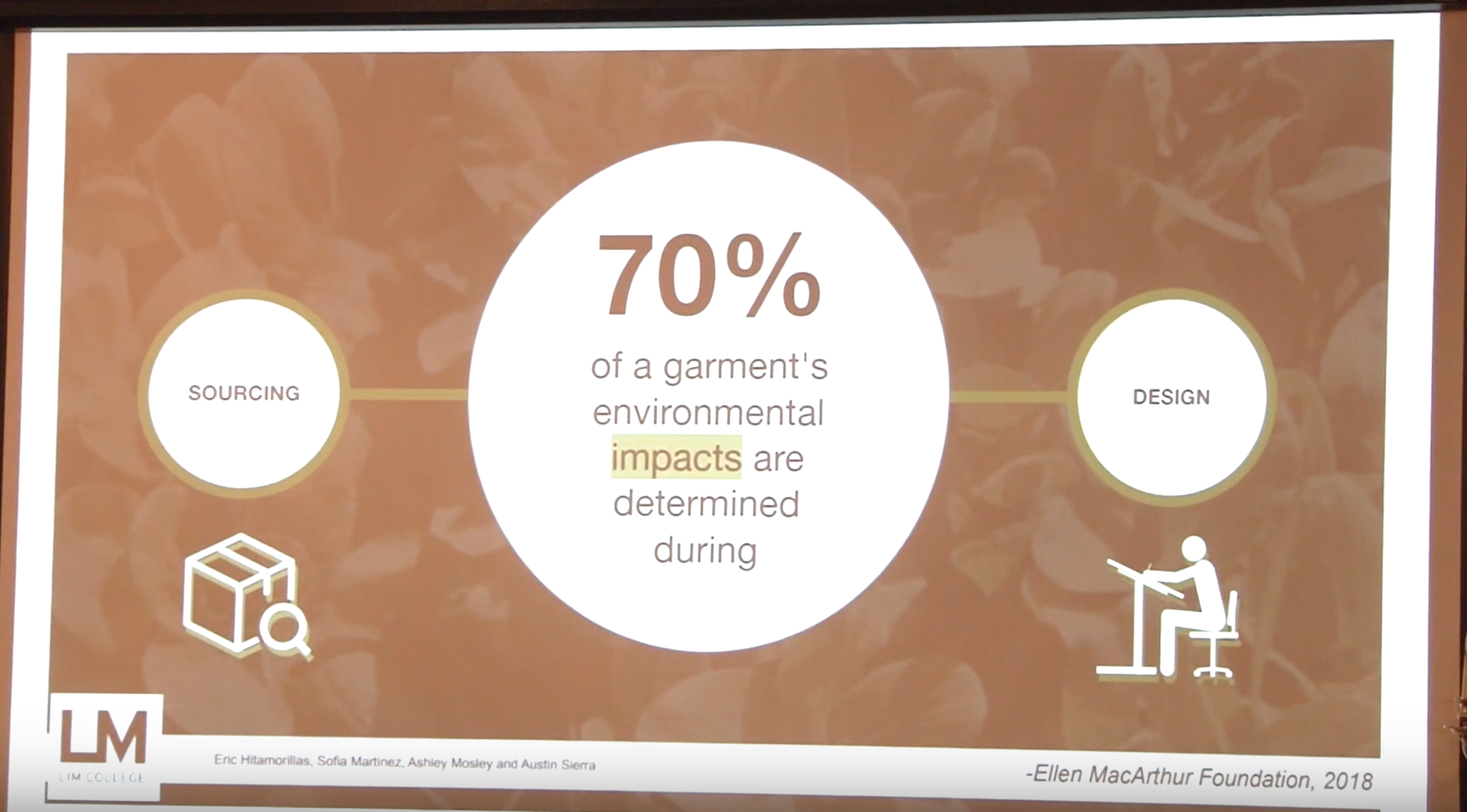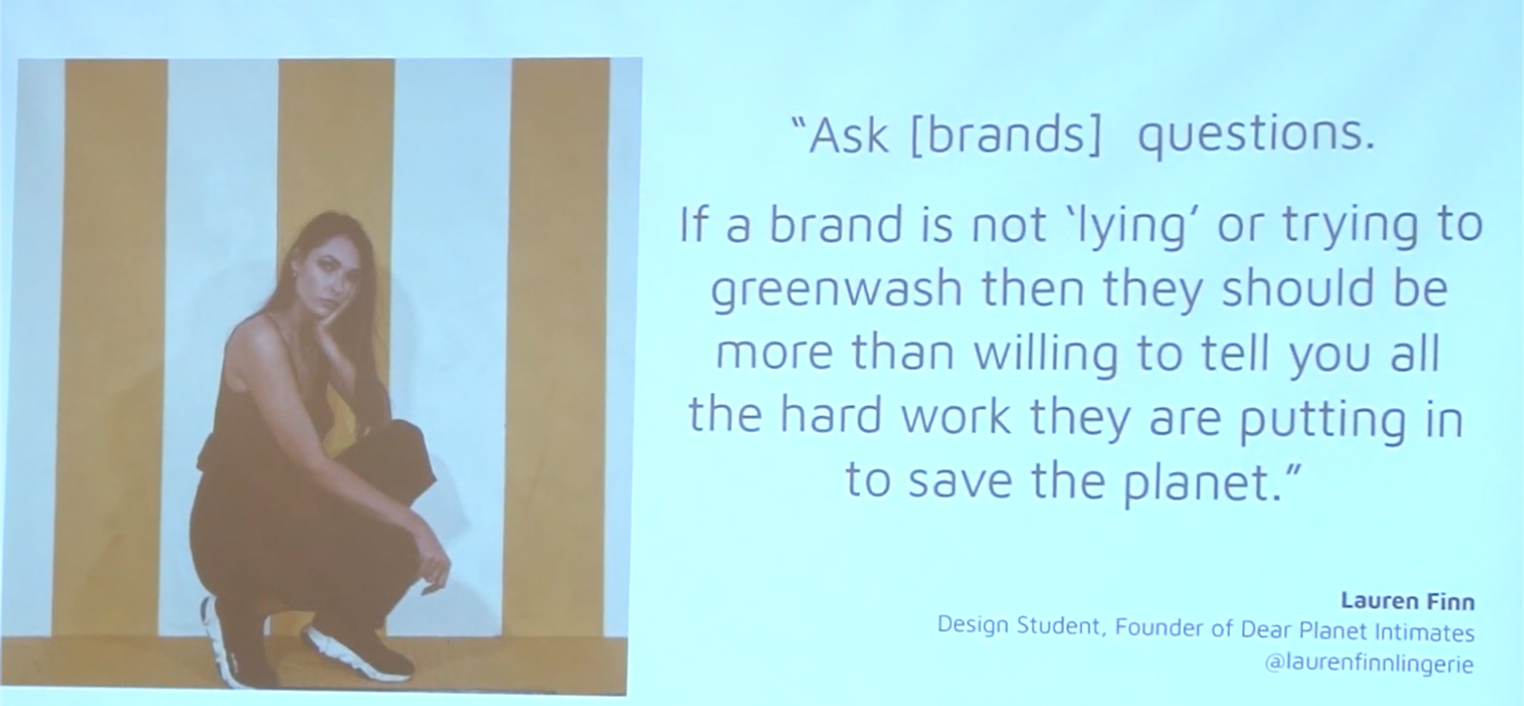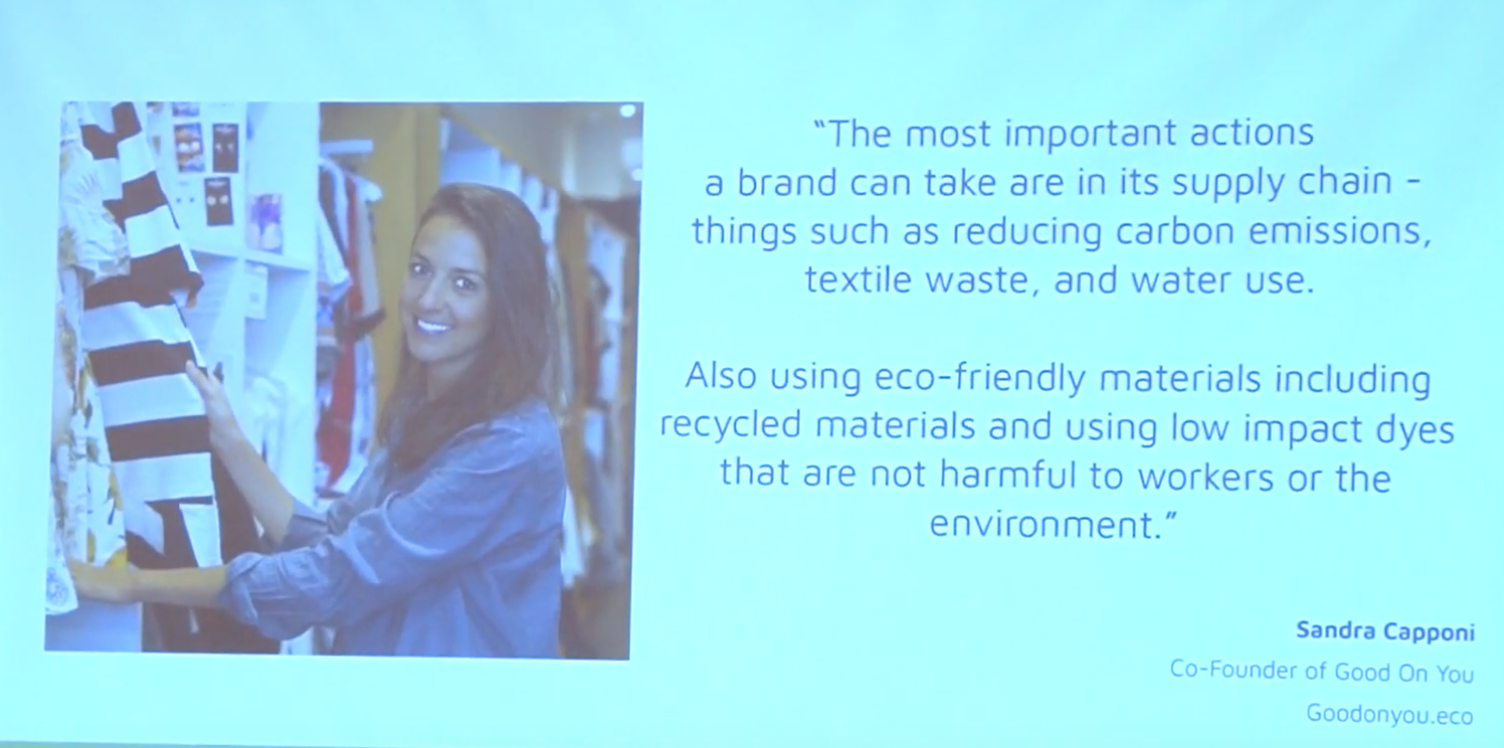Real Steps Towards Sustainability in the Intimates Industry
The Underfashion Club presented “Real Steps Towards Sustainability in the Intimates Industry” at the Harvard Club of New York on March 10, 2020. The event was moderated by Kimmay Caldwell from Hurray Media, LLC, with a panel consisting of Tricia Carey, Lenzing; Kristen Classi-Zummo, The NPD Group; Larissa King, Hanky Panky; and Kaneema Gumbs, Head of Design Harper Wilde, Inc. It’s a riveting and surprising discussion on the current trends in sustainability and responsibility in the intimates industry. The intimates industry, being part of our daily ritual of wearing undergarments, presents a tremendous opportunity to tackle the problem of pollution, with fast-fashion being a huge part of that problem.
Watch the video from this informative event below:
Sustainability is the ability to maintain, at a certain rate or level, the quality of not being harmful to the environment or to clean natural resources, which promotes long-term ecological balance. Eco-friendly conversation focuses on saving the Earth, but there are so many other things to be discussed within this vast topic.
Circular fashion is a large topic in 2020, focusing on making new clothes out of old clothes. It is the concept of designing, sourcing, producing, and providing fashion with the intention of being used and circulated responsibly and effectively for as long as possible in the most valuable form, and hereafter safely return to the biosphere when no longer of human use.
The top six ways companies can work towards being more sustainable are in sourcing, packaging, transportation, social responsibility, costing, and marketing. 70% of a garment’s impact on the environment is determined during sourcing and design. For those in sourcing and design, choosing the fibers to work with is incredibly important. More brands are looking for eco-conscious materials to meet the consumer demand for sustainable options.
New textiles are being invented to bring textile recycling to commercial reality. For example, REFIBRA™ technology takes cotton scraps and blends them with wood pulp in order to make a new fiber. Many brands are taking steps towards sustainability by switching to domestic cottons, recycled synthetics, and other eco-friendly options in some of their lines. Consciousness of material waste and the amount of water and resources being used in production is increasing throughout the industry.
Some brands take in old bras and give discounts to newer ones. When bras are recycled, they must be taken apart piece-by-piece. There’s so much time and labor involved, but is it worth it? Yes! The data shows that 50% of younger consumers are buying from sustainable brands. The trend is only growing with Gen Z gaining spending power. Irresponsible production is becoming less socially acceptable.
What does the consumer think about sustainability? The #1 response was “long-lasting.” Consumers are gravitating towards items that are of higher quality and long-lasting.
There are many recycling resources available within the intimates industry. A growing list is available here: https://hurraykimmay.com/expo/
How can we tell if a brand is truly committed to sustainable practices and not just greenwashing? Brands that have strategies and goals that are measurable and reported show their efforts and dedication in a way that’s understandable to the consumer. The best brands are taking it step-by-step rather than making grand promises for the future.
A good first step for brands is to collaborate with merchandisers, suppliers, wholesale customers, etc. to find ways to meet needs while minimizing waste, such as cutting back on plastic hangers. Questioning your fabric suppliers is also a powerful first step. Open up communication, because many businesses are interested in bettering their practices.
360 degrees of sustainability, like circular sustainability, shows the importance of considering sustainability in every step of production. Businesses should question how to cut down emissions and waste. Are you sourcing locally? Think of all of your steps in the production cycle and tweak a few to make a more sustainable practice.
Some sustainable practices, such as recycling plastic, will be more expensive but it’s simply the right thing to do. The “bottom line” is changing to focus on what’s important rather than just cash. Success can be measured beyond immediate profit when considering the future and long-term practice. If something ties together ecologically as well as economically, you have a win-win!
The global fashion industry is extremely energy-consuming, polluting and wasteful. Despite some modest progress, fashion hasn’t taken environmental responsibility seriously enough. Fashion players need to swap promotional noise for meaningful action while facing up to consumer demand for transformational change.
Be more responsible because nothing is truly sustainable!








